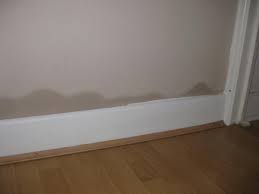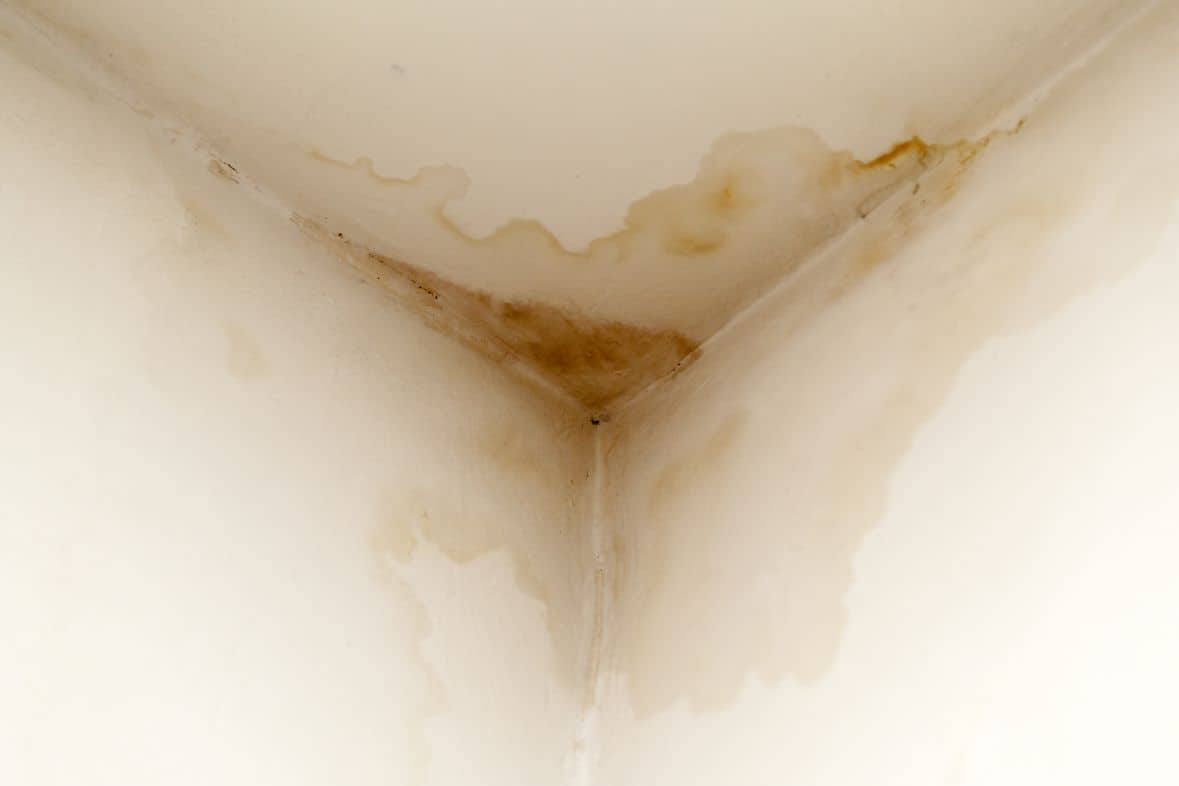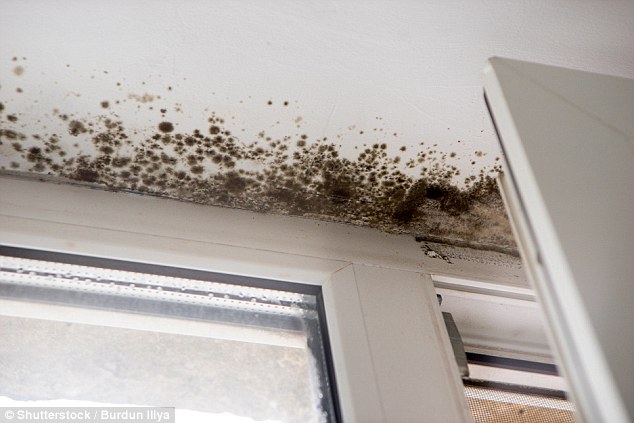Damp & Condensation
Damp and Condensation issues in residential property is not uncommon, whether the property is owned or rented. Wherever there is an issue with damp or condensation, we are here to help and this page is the starting point of that help. Here you can find out more about what the problem might be and how it could be solved.

Tenancy Deposits
This will explain where your tenancy deposit is held, what it is used for and how it is repaid to you when your tenancy comes to an end.
Ending A Tenancy
To end a tenancy, it is important that it is ended in the legal framework that is designed for the tenancy and in accordance with the tenancy contract, this page we explains how a tenancy is ended.........
FAQ's
It is impossible to answer all the questions associated with tenancies and rental properties but we have created a Frequently Asked Question section which may help.
Applying For A Tenancy
If you would like to apply for one of our tenancies, this page will explain all you need to know.........

During The Tenancy
This section will help you understand your tenancy, what the tenancy agreement means and what yours and our responsibilities are.
Repairs & Maintenance
We explain the process relating to repairs and maintenance issues, the importance of reporting issues to us and what your responsibility is in relation to minor repairs......
Damp and Mould issues seem to be constantly in the news, especially over the winter periods when things can get much worse. As responsible landlords, we take the issues of damp and mould very seriously. On this page we explain the common causes of damp and mouls so that we can work with our tenants to eliminate any issues. Where the problem with damp is identified as structural (i.e. damp proof problem or a roof or gutter leak) we will obviously attend to the issue and undertake the necessary repairs. But where the issue is caused by condensations, it is likely that the cause is living conditions and habits and therefore can only be resolved by a the tenants change in living habits.
Rising Damp
Rising damp is the name given to the process of external groundwater being drawn up through brickwork by what is known as ‘capillary action’. If you see moisture at the base of the wall this is likely to be rising damp. Often a ‘tide-mark’ is clearly visible, typically up to 1m above floor level, but sometimes higher. You may also spot salt marks in walls and plaster suffering from rising damp as salts are present in ground water.
In most houses there will be a damp-proof course (DPC) and a damp proof membrane under the floor to prevent water from moving upwards. However, many older properties were built without one or either of these forms of protection so if rising damp is showing, it is highly liklely that a Damp Proof Course will need to be installed.
In other homes, these barriers can be damaged, worn away, or compromised by higher external ground levels over time. Without these barriers, damp may start to appear on the walls or floors of your home.


Penetrating Damp
Penetrating damp is normally the result of external defects on the property such as leaking gutter or a leak from within (such as from a shower or a bath) which allows water to enter the buildings fabric. Typical property or building external defects that may lead to rainwater penetration include:
- Defective roof coverings
- Poorly maintained rainwater system, gutters, drains and downpipes
- External vegetation affecting the rainwater system and wall surfaces
- Cracked or defective render or other external coatings
- Tired mortar joints and defective pointing
- Broken masonry or permeable brickwork or stone
- Defective seals around windows and doors
The extent of the problem will be dependent on the type of defect. For example, a leaking downpipe will likely result in a fairly localised problem. However, if the issue is porous brickwork, then the problem will be more widespread.
Condensation
If you see something like this then it’s Condensation Mould and is the most common type of mould. The main signs of condensation are excessive water droplets running down the windows or walls or dark mould appearing on windows, in the top and bottom corners of rooms, or behind furniture on external walls. Solid skin brickwork, in Victorian houses, which makes up a majority of housing in the UK, is prone to damp and mould problems.
There are a variety of reasons condensation may be causing problems. Inadequate heating is the main cause or a lack of ventilation in the property can also cause significant condensation issues.
In order to avoid mould building up which can cause major damage to a property, the property must be kept at an ambient temperature of no less than 15 degrees. The Energy Saving Trust recommends heating your home to between 18 to 21 degrees Celsius during winter. And The World Health Organisation (WHO) suggests 18 degrees is the ideal temperature for healthy and well-dressed people. If you are experiencing Condensation Mould issues, please watch the video below.
.


An Unpopular Truth
Over the many years of renting out property, we have seen just about everything relating to damp and mould. It is an unpopular truth, but to keep mould at bay, the heating should be set at a constant minimum ambient temperature of 15 degrees and the property must be ventilated from high levels of humidity and only the tenant can do this and there is very little a landlord can do to impose this obvious and important requirement. Also, where mould is seen, it must be cleaned and not allowed to spread, which it will if not dealt with. We have visited properties where tenants simply haven’t cleaned mould and if is not cleaned, it will cause more serious problems. It beggars belief that some people will simply watch mould build up and do absolutely nothing about it, but it happens all the time! So whilst as landlords we have a responsibility to you, you also have a responsibility as tenants.
Dealing With Condensation Mould
Damp and condensation problems occur when there is an excess of moisture in the air, very often caused by poor ventilation. This can lead to the growth of mold and mildew, which in some cases can cause damage to the structure of a building. To prevent damp and condensation, it is important to properly ventilate the space, fix any leaks, and control the humidity levels. This video should help you understand the causes of condensation mould and how best to deal with it. Once you have watched the video you should be able to identify the cause of the issue and help to resolove it.
Very Important
Condensation mould is primarily an issue in winter. As the temperature falls, condensation will form on the coldest surfaces and if left untreated, the spores will spread and ultimately cause more problems. With no ventilation, or windows open, the moisture will be attracted to the coldest places in a room – usually around the window sills and on external walls and especially behind furniture placed close to walls, any clothes in drawers or wardrobes will likely be affected by mould so wardrobes and cupboards must not be pushed up against walls, if they are, mould will form.
We will work with you to do whatever we can do to eliminate any mould but we cannot always solve the problem ourselves, more often than not, and despite protestations to the contrary, condensation mould is caused by tenants, either through very high levels of humidity not being allowed to escape (venting) or because rooms are not heated to the relevant ambient temprature. If you see signs of condensation mould as described here, you must take immediate action by heating and by ventilating.
Just opening the window a tiny amount to allow air to circulate will prevent the moisture collecting – and prevent more mould from building. To prevent condensation mould, tenants need to take a proactive approach.
- Firstly, check the property for any water ingress – such as a blocked gutter or leaking drain pipe and if found, report to us immediately.
- Secondly, ensure all ventilation systems are adequate – that where fitted, trickle vents are open and extractor fans are cleaned and fully operational.
- Thirdly; lifestyle habits are one of the main causes of condensation mould and there are simple hacks that can help reduce the build-up.
Always use covers on pans when cooking, use a squeegee after showering, and keep the window open (even a little) and the extractor fan on. Ensure that if mould spores start forming, to clean them promptly to stop the spread. Being mindful of moisture in your everyday activities (and that includes breathing!) will ensure you live in a healthy mould-free home. If you do not report the mould infestation promptly to us then you could be liable for the costs of future professional mould treatment.
